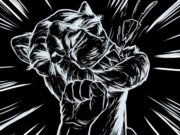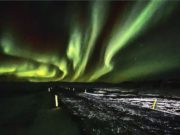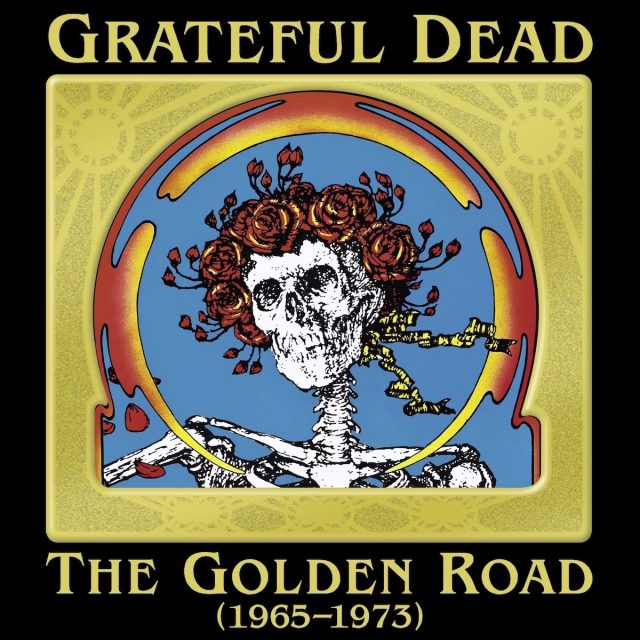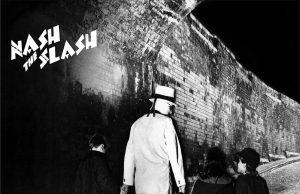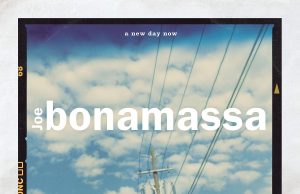This came out in 2001 – or at least that’s when I got it. Here’s what I said about it back then (with some minor editing):
Do you have more Grateful Dead bootlegs than family photos? Did you consider naming your kids Mountain Girl and Pigpen? When people told you they rented American Beauty, did you reply they should have bought Aoxomoxoa instead? Do you still get the urge every spring to quit your job, buy an old VW van and hook up with the tour?
If you answered yes to any of these questions, you might be a Deadhead. And you’re definitely someone who would dig The Golden Road (1965-1973), the new 12-CD retrospective honouring psychedelic pioneers The Grateful Dead.
Yes, you read that right: 12 CDs. A veritable shoebox full of The Grateful Dead. To be specific, The Golden Road chiefly consists of the band’s first nine albums for Warner Brothers. Five are studio discs: Their hard-rocking debut The Grateful Dead (1967), the psychedelic epics Anthem of the Sun (1968) and Aoxomoxoa (1969), and the cosmic country fare of Workingman’s Dead and American Beauty (both from 1970). The other four are typically soaring, transcendent concert albums: Live/Dead (1969), Grateful Dead (aka Skull and Roses from 1971), the double-CD Europe ’72 and 1973’s History of the Grateful Dead, Vol. 1 (Bear’s Choice), compiled by LSD pioneer and Dead soundman Owsley Stanley. In addition, there’s a two-CD set called Birth of the Dead, which collects tracks from the group’s early, pre-psychedelic days. It adds up to 160 songs, including bonus cuts and hidden tracks that comprise nearly half the set. Playing time: Roughly 16 hours from stem to stern. By any measure, a mighty impressive collection of music.
It’s also a collection of mighty impressive music. Any Deadhead will tell you these were the band’s most fertile and vibrant years; a time when their sound was changing and evolving almost as fast as the times. These nine albums — roughly half the band’s major-label output, albeit only a drop in their vast ocean of a discography — were written and performed by the best-loved Dead lineup: lead guitarist Jerry Garcia (who died in 1995), rhythm guitarist Bob Weir, singer/keyboardist Ron (Pigpen) McKernan (who died in 1973), bassist Bob Lesh, drummers Bill Kreutzmann and Mickey Hart, and lyricist Robert Hunter. Nearly every Dead classic — Dark Star, Truckin’, Sugar Magnolia, Ripple, China Cat Sunflower, Cumberland Blues, Casey Jones, Uncle John’s Band, Box of Rain and countless others — was first heard on one of these albums. But they’ve likely never sounded quite as good as this.
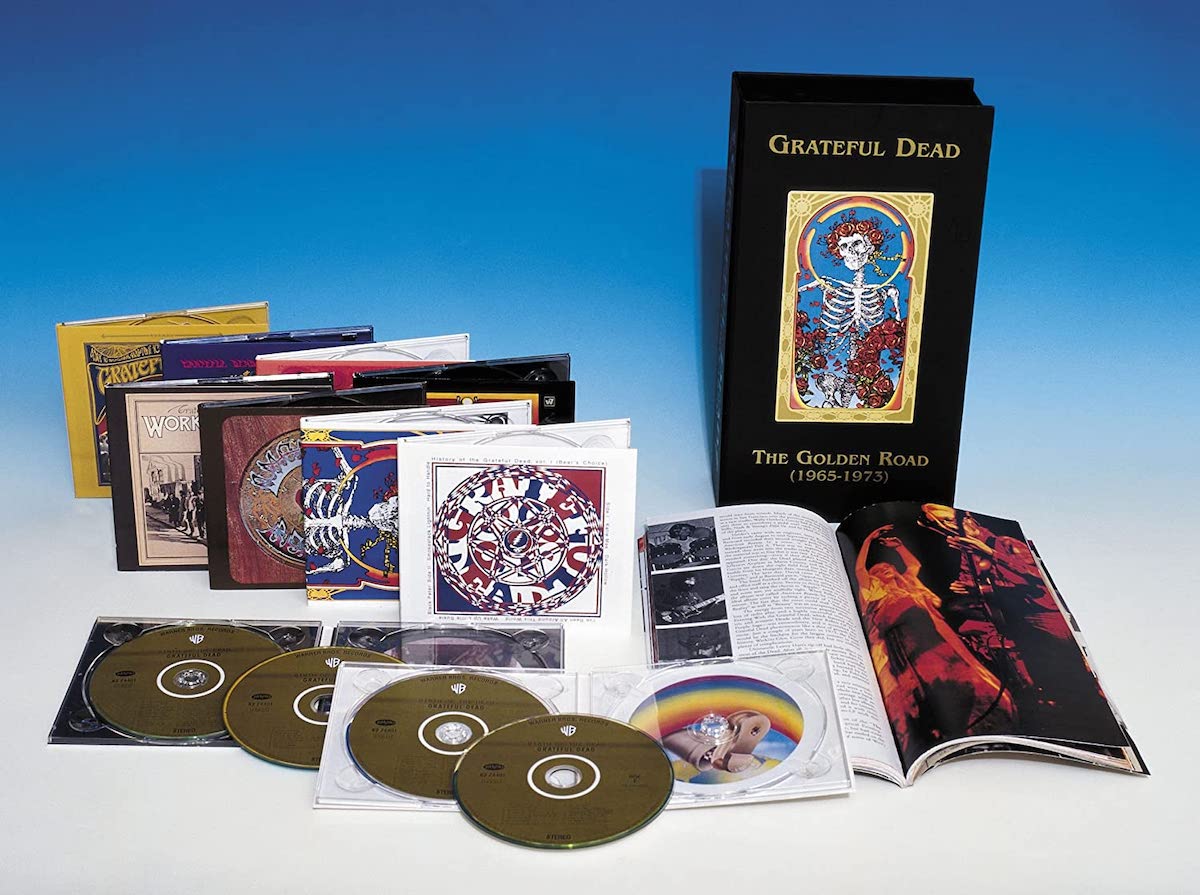
For The Golden Road, each album was digitally mastered in High Definition Compatible Digital for maximum clarity and separation. Some songs that were faded out prematurely to fit onto time-constrained LPs are included in their entirety. Meanwhile, each album also comes in its own cardboard digipak with the original artwork and new liner notes. There’s also another 80-page book with an extended biography, annotated discography and scads of artwork — studio portraits, live shots, psychedelic poster art, newspaper ads. It is, in a word, magnificent. Even if you already own these albums — hell, even if you’ve memorized these albums — these superbly restored versions make The Golden Road a worthwhile buy, even at a list price of $239.76.
The extras, though, are what make it essential at almost any price. Every disc comes with bonus cuts or hidden tracks whose quality rivals — and often surpasses — that of the original material: Rare outtakes like Alice D. Millionaire (say it out loud) and the studio version of Dark Star, edited single versions of Viola Lee Blues and Truckin’, studio jams of Clementine and The Eleven, even radio commercials (“Workingman’s Dead … Steal one.”). And, naturally, hour upon hour of live material that showcases the band in full improvisational flight. The studio albums usually have live versions of their tunes tacked on the end. The live discs have cuts from the same show or tour. (Given that tapes of countless shows the band played have been circulating for decades, these tracks might not be as rare as the studio leftovers. But I doubt they’ve ever sounded this good or been presented in a more appropriate setting.) Finally, Birth of the Dead collects 31 of the band’s first recordings — one disc of hard-driving garage-rock and hoodoo-blues by early Dead incarnations like The Warlocks and Emergency Crew, and another of live recordings from their days playing biker bars and Ken Kesey’s acid-test parties in 1966.
There you have it: From garage-rockers to psychedelic trailblazers to folk-rock revivalists to jam-band originals to beloved American institution, The Grateful Dead’s story was a long, strange trip indeed. Admirably, The Golden Road manages to capture every step of the journey and preserve it for posterity in one of the most impressive box sets of the year. For Deadheads, this is the ultimate trip down memory lane. For newbies, it’s the ultimate indoctrination into the cult of Jerry and co. Just don’t be surprised if you suddenly get the urge to buy an old VW van.









